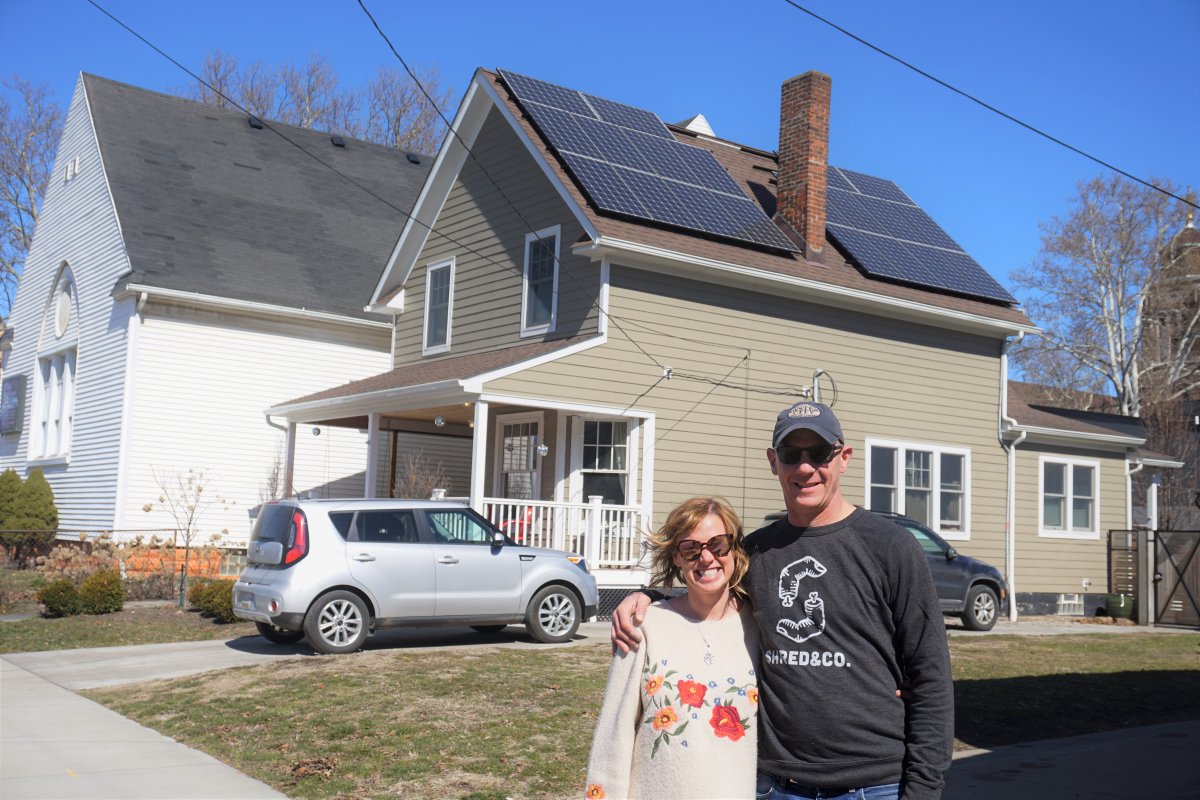Why solar O&M is no longer optional
As solar projects age and cash-flow models mature, predictable O&M and repowering strategies are now essential to protecting 20- to 30-year financial returns

By Max Grinberg | The solar industry isn’t what it used to be. We’re no longer in the romanticized early adopters phase, where people installed solar panels just to feel good about their environmental impact. We’re now in the meat of the bell curve. People installing these systems aren’t doing it for the warm, fuzzy feelings that got many of us into this industry.
Today’s solar installations have to make money. Period.
This fundamental shift changes how we need to approach solar operations and maintenance. When systems were installed primarily by environmental enthusiasts who could afford to take a financial hit for the greater good, maybe you could get away with treating O&M as optional.
But when Wall Street is involved, when organizations are counting on energy independence, when businesses are banking on decades of reliable cash flow, that’s a completely different ball game.
Cash flow depends on proper O&M
Here’s what keeps me up at night: every solar array sold today comes with a 20-30 year financial projection. Someone is counting on that system to deliver specific returns for decades. Maybe it’s a power purchase agreement, maybe it’s a single business owner. But they all have one thing in common: they were sold on a promise of consistent, predictable energy production.
Now fast forward 15 years. Those old panels are starting to degrade, but they still need to function for the last several years of that original promise.
Inverters that were cutting-edge when they were installed are now showing their age. Balance of system components have weathered storms, heat waves, and everything else Mother Nature can throw at them.
Without proper O&M, that 30-year cash flow model becomes a house of cards.
Financiers have specific expectations about returns over decades. If a system isn’t performing at the level it’s supposed to, you’re looking at being out thousands of dollars in the short term, and potentially millions over the life of the system. But surprises happen, and in a relatively young industry like ours, unexpected issues are the bane of everyone’s existence.
With proper O&M you are paying for predictability. Peace of mind. The assurance that there won’t be nasty surprises waiting around the corner.
Repowering is a massive opportunity
We’re also approaching a critical inflection point that the industry hasn’t properly addressed yet. There’s going to be a huge wave of systems reaching the end of their useful life — could be just the panels, or the entire balance of system. Either way, we’re looking at systems that are negligibly producing electricity when they should be cranking out power at full capacity.
This represents a massive, largely untapped market of repowering. The problem? Most companies don’t want to touch it.
There are only a few solar panel recyclers in the United States. Most contractors and developers want to focus on high-volume, high-margin jobs – the new construction, the greenfield projects, the sexy stuff. They don’t want to deal with the ticky-tacky work in the middle, which is exactly where companies like Omnidian operate.
Repowering isn’t pretty. You’re basically opening back up a can of worms with roofers, subcontractors, and buildings that have had these systems for 15+ years. Half the time, there aren’t even as-built plans for the site anymore. You’re dealing with legacy equipment, outdated wiring, and all the complications that come with retrofitting existing infrastructure.
But here’s the opportunity: the few companies positioned to handle this kind of complex, methodical, repowering work at scale will win. If they can facilitate getting old systems off and new ones back on (properly, safely, and efficiently), they’re going to be in an incredibly strong position when this wave hits.
Predictive vs. Reactive
What separates professional O&M teams from amateur hour is prediction versus reaction. The name of the game in O&M is trying to predict problems as opposed to doing corrective work after something breaks.
For example, being able to tell a client “we’re at year 15, so this is the year your inverters are going to need to be swapped out” is highly preferred over scrambling to fix failed equipment that’s costing them money every day it’s down.
Getting ahead of problems requires understanding the data, recognizing patterns, and having the tools and expertise to address issues before they become catastrophic failures. It’s about making the entire experience predictable and professional.
In a similar vein, performance guarantees aren’t just nice-to-have marketing materials; they’re essential for the financial health of the entire industry. When you guarantee performance, you’re standing behind your work in a way that creates pathways for the liquidity these solar arrays were originally installed to provide.
Standing behind the work
The solar industry has grown up. We’re no longer a scrappy startup sector hoping to change the world through good intentions. We’re a mature industry with serious financial obligations and environmental responsibilities.
That means O&M can’t be treated as optional anymore. It’s time to get serious about the long game, because that’s exactly what the industry is counting on.
Max Grinberg is Director, Commercial Enterprise Sales, at Omnidian.




